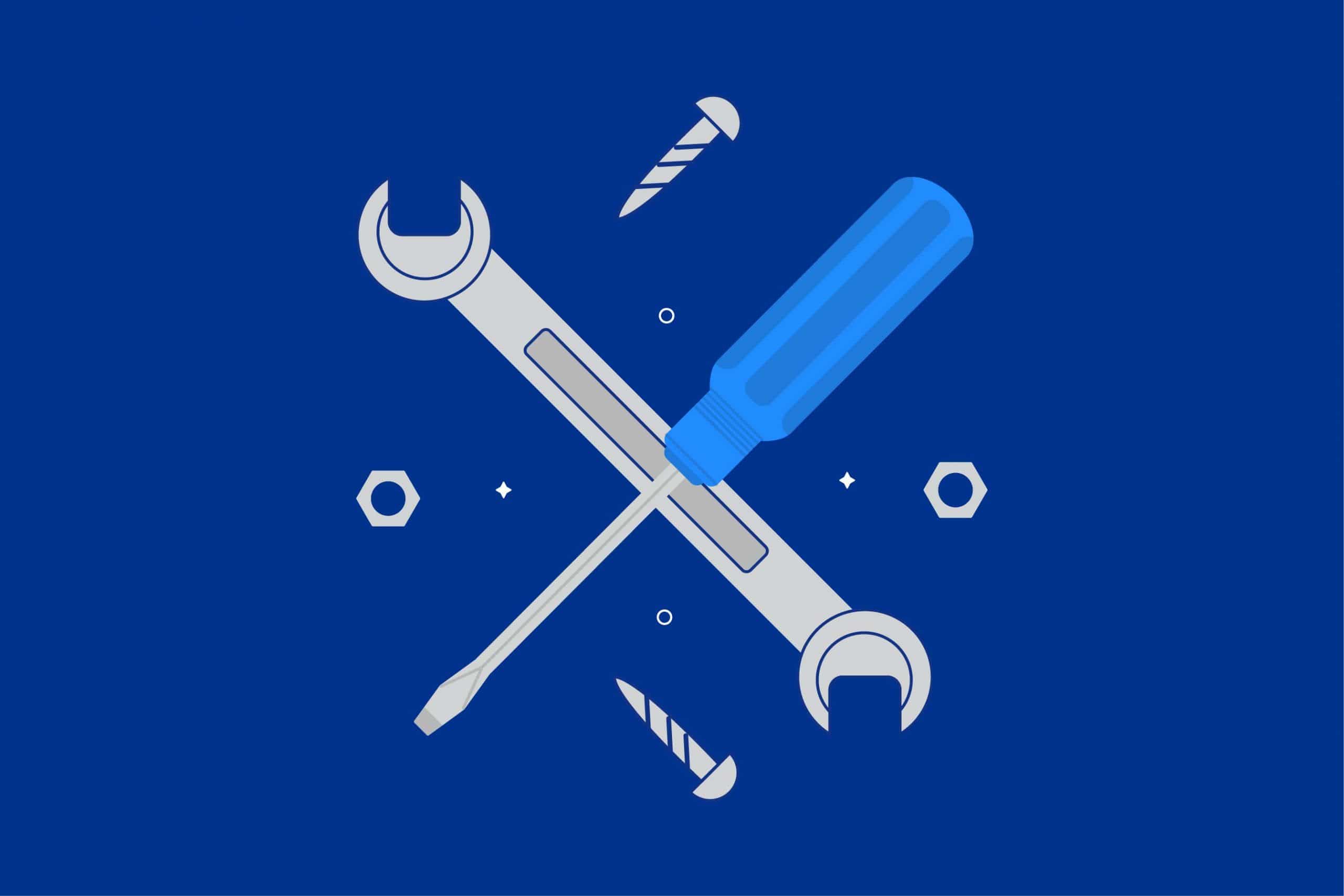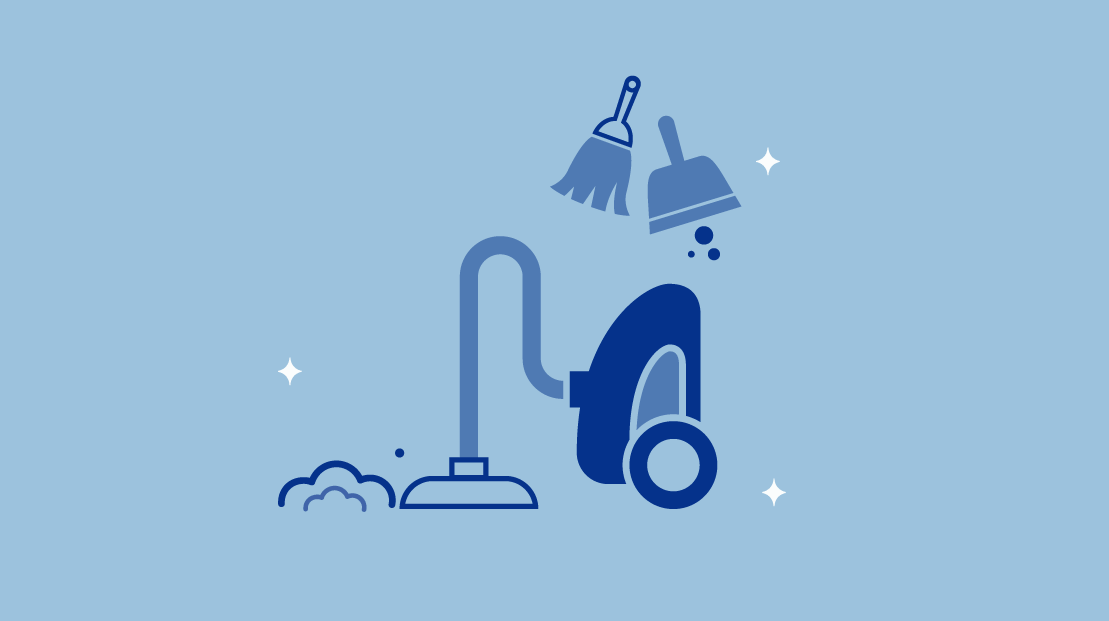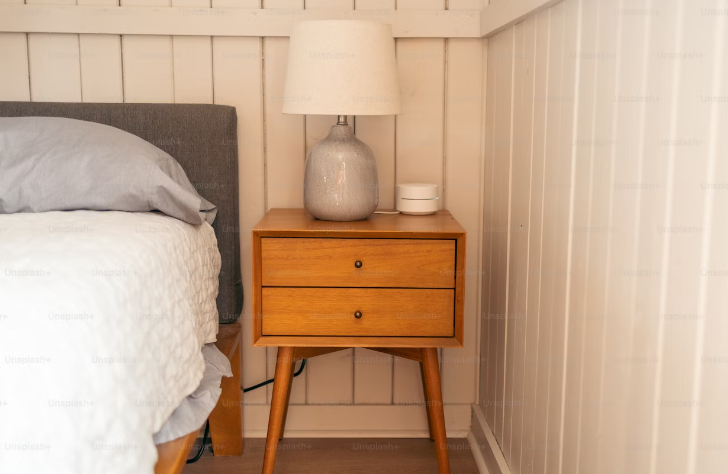You choose a new headboard based on mattress size, color, design, and materials. However, you also need to know how to install one, and not all headboards are installed the same way. In this article, we discuss the different ways to install a headboard, which will hopefully help you decide the way you prefer more.
Different Ways to Install a Headboard
After you’ve chosen a headboard, you need to know if it is a wall-mounting, bed frame-mounting, or freestanding headboard. This will determine whether you have to hang it on the wall, attach it to the bed frame, or if it can stand between the wall and the bed frame without being attached to anything at all. If you are shopping online, this information is available in the “product description” segment or the title of the product itself.
Whether you opt for a wall-mounted or a bed frame-mounted headboard, it’s always better to ask a friend for help because headboards can be heavy. Lifting them up, aligning them, and attaching them all by yourself may be difficult.
Wall Mounted
Most tall and extra-wide headboards are mounted to the wall for better support and stability. That way, they don’t wobble, and you can comfortably lean against them while using a mattress for sitting up in bed.
Tall headboards can be 65 to 70 inches long, covering the entire length of the wall, while extra-wide headboards can be 95 to 100 inches wide. Usually, headboards are 3 to 4 inches wider than their size-compatible bed frame, but extra wide headboards may be 25 to 30 inches wider than the bed frame. Tall or extra-wide headboards look best with queen, king, or Cal king size platform beds, but can be used with various kinds of bed foundations.
If you opt for an extra-wide headboard, you don’t have to worry about size compatibility. For example, an extra-wide headboard will work well with a queen as well as a king size bed.
How to Install:
- Hold the headboard against the wall and decide how high you want to mount it.
- Mark with a pencil the points where you want the lower and upper edges of your headboard to be.
- Measure the distance between the hooks at the back of the headboard and place the tape below the marked upper edge to identify at least two secure points for your headboard to hang. Ensure these points are located on studs (supporting elements behind the wall). Use a stud finder to identify studs, which are spaced 16 or 24 inches apart along the wall.
- Drill holes into these secure points on the studs to install the fitting elements included with your headboard. In case your headboard does not include any fitting elements, buy French cleats or Z-clips from any hardware store and screw them in the secure points. These fitting elements are used to mount heavy objects such as cabinets, headboards, or artwork to the wall.
- Once the fitting elements are installed to the wall, you are ready to mount the headboard.
- After you mount the headboard, push your platform bed against the wall so the frame and headboard look like one single unit.
Attached to the Bed Frame
Most standard size headboards, such as twin, full, queen, or king sizes, can be mounted to bed frames. Some frames include headboards, but if you are buying your headboard separately, check the width to ensure the mounting holes on both sides align to your frame for a secure fit.
Your headboard should be the width of your frame or 3 to 4 inches wider. This is why you can’t really mix sizes, so for example, a twin headboard should be used with a twin platform bed.
Frame-mounted headboards are used with all types of beds, such as platform beds, four-poster beds, sleigh beds, or bunk beds.
How to Install:
- Find the holes on the back of your bed and align them with the mounting holes in the legs (struts) of the headboard. Some frames have bolts screwed into the holes, while others may have stickers on the fabric cover to help you spot the holes.
- Place the headboard against the bed to align with the holes on the bed frame.
- Once you’ve aligned the holes, you will need someone to keep holding it upright for you as you push the bolts through the mounting holes.
- Then, slide a washer onto the bolt and screw a nut onto it, until it’s just finger-tight. Repeat the same process on the other leg.
- Make sure the headboard is centered. If you are happy with the way it looks, use a wrench or pliers to tighten the bolts, securing the headboard to the frame.
Freestanding

Freestanding headboards are thick, so they don’t need to be mounted either on the wall or the bed frame. Due to the thick struts, they can rest on their own, positioned between the wall and the bed frame. Usually, freestanding headboards include bookshelves or storage space and are 10 to 12 inches thick. They don’t have pre-drilled holes or include any attachment hardware, but they can be outfitted to a wall or bed frame mount.
How to Install:
- Remove your bed to position the freestanding headboard, then push the bed back against the headboard to make it look like one unit.
- (Frame Mount) If you want to mount it to the frame, drill holes in the legs aligning with the mounting holes or buy adapter plates to align and secure the bolts properly. Adapter plates are designed to allow two components of different sizes without a common hole pattern to be attached. You will find them in any hardware store or online.
- (Wall Mount) To mount your freestanding headboard to the wall, locate studs behind your wall with a stud finder. Then position your headboard so its legs are on the studs. Drill holes through the legs into the studs and secure the headboard to the wall with screws.
DIY Headboard Mural
If you want to do a bedroom makeover on a budget, you might want to consider carefully painting a headboard on the wall. There are other ways to craft a DIY headboard, from upcycling wooden boards to adhesive wall decals, but it’s difficult to beat the inexpensive nature of a few paints and brushes. For some, it’s also a welcome opportunity to express their creativity.
How to Install:
- Gather the materials you’ll need—paints that complement your bedroom colors, brushes, drop cloth, and painter’s tape.
- Before starting, make sure to thoroughly clean the wall, ensuring it’s smooth and free from any dirt or imperfections. Take precautions to protect the surrounding area by covering it with drop cloths (upcycled old sheets can work in a pinch) to prevent paint splatters.
- Use a pencil to sketch on the wall the shape and design of your painted headboard. You may want to do an initial sketch on paper first and surround the final wall sketch with painter’s tape for cleaner lines.
- Commence painting from the top to the bottom of the mural. Use larger brushes for covering larger areas and smaller brushes for adding finer details.
- To achieve the best results, layer the colors and allow each layer to dry before applying the next. If you want, you can enhance the mural’s appearance by adding depth and texture with shadows, highlights, and intricate details.
- Once you finish painting, let the mural dry completely. Then, carefully remove any painter’s tape that was used during the process.
- To protect the mural from dust and other damage, finish it off with a clear varnish or sealant.
FAQs
Can a headboard be attached to any bed frame?
Yes, a headboard can be attached to any bed frame provided they are size compatible. For example, a twin headboard can be attached to a twin platform bed, bunk bed, or four-poster bed, but a twin headboard cannot be attached to a full size bed frame.
Should a headboard sit on the mattress?
No, as a general rule, the bottom edge of the headboard should be hidden behind the mattress. Most headboards sit 3 to 4 inches below the mattress. That way, they provide proper back support when you are on a mattress for sitting up in bed.
Can you attach any headboard to the wall?
Yes, you can attach any headboard to the wall but you will need to buy mounting hardware. French cleats found in any hardware store are perfect for mounting heavy furniture like headboards or cabinets. Use a stud finder to locate studs behind your walls to which the French cleats can be secured. Then drill in cleat plates (included with French cleats for interlocking) to the headboard and mount to the wall.
How high should a headboard be above the mattress?
There is no specific rule on how high a headboard should be above the mattress, but for the visual appeal, they are usually shorter than the length of the bed. Generally, twin headboards are 14 inches above the top of the mattress, full and queen headboards are 28 inches, and king and Cal king headboards are 58 inches. Some wall-mounted tall headboards can be 65 to 70 inches, covering the entire length of the wall.
How do I stop my frame-mounted headboard from moving?
Use a wrench or pliers to tighten all the bolts holding the headboard to the frame. If this does not work, apply four or five drops of thread-locking adhesive to the bolts. Choose a thread-locker meant for furniture nuts and bolts so you can break the seal when moving your bed.
Conclusion
Headboards complete the look of your room and provide extra head and back support while you sit up in bed. Choosing one is easy, but then installing one takes a little bit of extra work. You need to install them correctly, otherwise you risk them falling over and possibly injuring you or damaging your bed. To avoid such accidents, opt for a headboard with an installation process you are comfortable with.
Wall-mounting headboards need steady hands and a lot of patience, but they can add a dramatic effect to your room. Attaching a headboard to the bed frame takes less time than wall-mounting, but aligning the mounting holes may be challenging. If you want an easy way out, freestanding headboards could be a convenient option, provided you have enough space for the thick base.
About the author
Geoff McKinnen is a writer focusing mainly on the healthcare industry and has written articles on everything from foods to help you lose weight to the connection between Alzheimer’s and sleep. Geoff’s passionate about helping readers improve their well-being to lead happier lives. Outside of work, Geoff enjoys cycling and hiking and believes that by leading a healthy lifestyle, he can help others do the same.
View all posts





